On Audience Interaction. When listening to the audience's feelings makes your body move
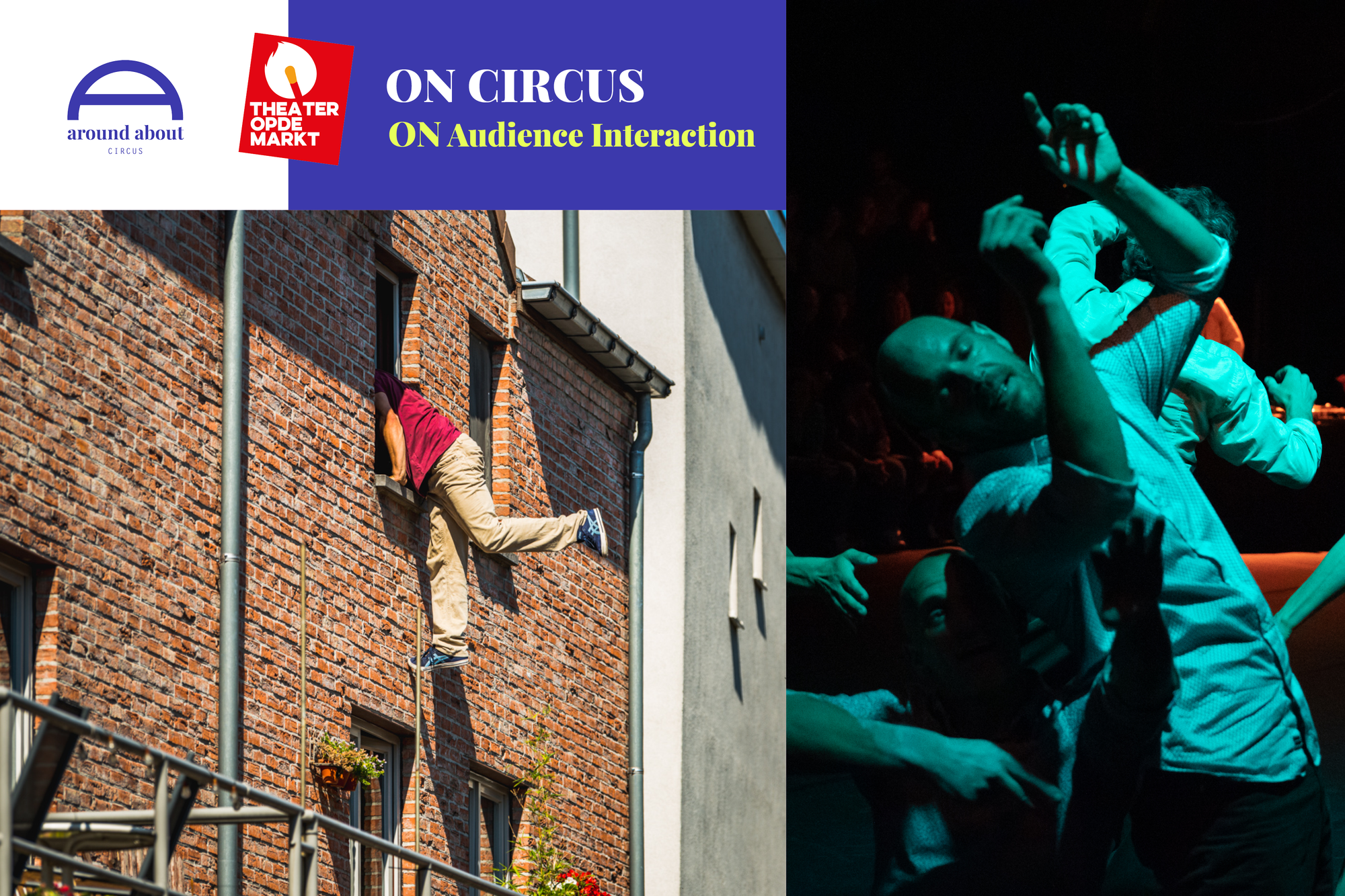
On the 29th, 30th and 31st of October, we participated in the ON CIRCUS cycle of conferences curated by There There Company as part of the 13th circus edition of Theater op de Markt in Provincial Domain Dommelhof (Pelt), Belgium. Each of the three sessions was dedicated to a different theme relevant to the circus sector, inviting two companies into an open dialogue exploring the topic and creating the scenario for the participants to continue the conversation in smaller groups. A series of flourishing thoughts and mornings took place, and we have the honour of sharing this experience with you.
On Audience Interaction saw a dialogue between the French company Le Doux Supplice and the Belgian Be Flat. With their artistic choices, both companies abandon the traditional audience arrangement for a more specific interaction approach. Together, we explored the causes and consequences of these practices and questioned the guests and ourselves in relation to them.
We arrive at the first floor of the Dommelhof centre, where, in the first room on the right, Hanna and Toon of There There Company are ready to welcome the participants. The official welcome is from Theater Op de Markt Artistic Director Martine Linaer, who does the honours and introduces the concept of the three conference days.
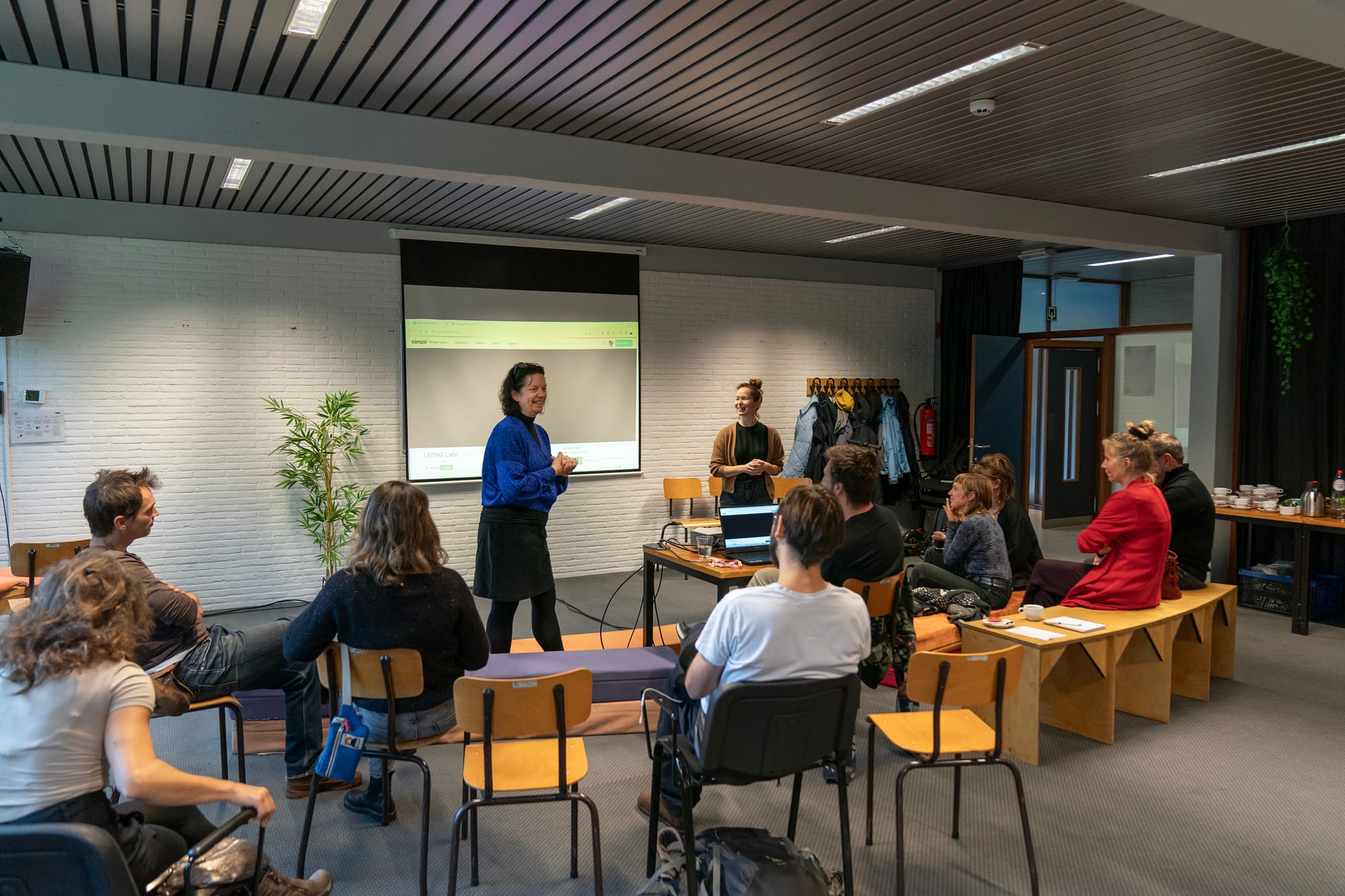
There There Company is not a newbie in combining research occasions with the practical implications of creating circus shows. Due to their medium career and overview vision of the sector, their responsibility to expand their creative approach to circus has found a voice in curating external events that can flow parallel to their on-stage performances. They are active with the Sharing is Caring format and express a passionate interest in expanding the possibilities of dialogues and interaction between artists and professionals. We dedicated time to engaging each other, sharing thoughts about what we can stimulate in the sector, and feeling in tune regarding the event. Because of their interest and the long-term relationship with the festival, they agreed to shape these three days. In doing so, There There Company looked for topics present within the 2023 festival and invited companies who took part in this edition.
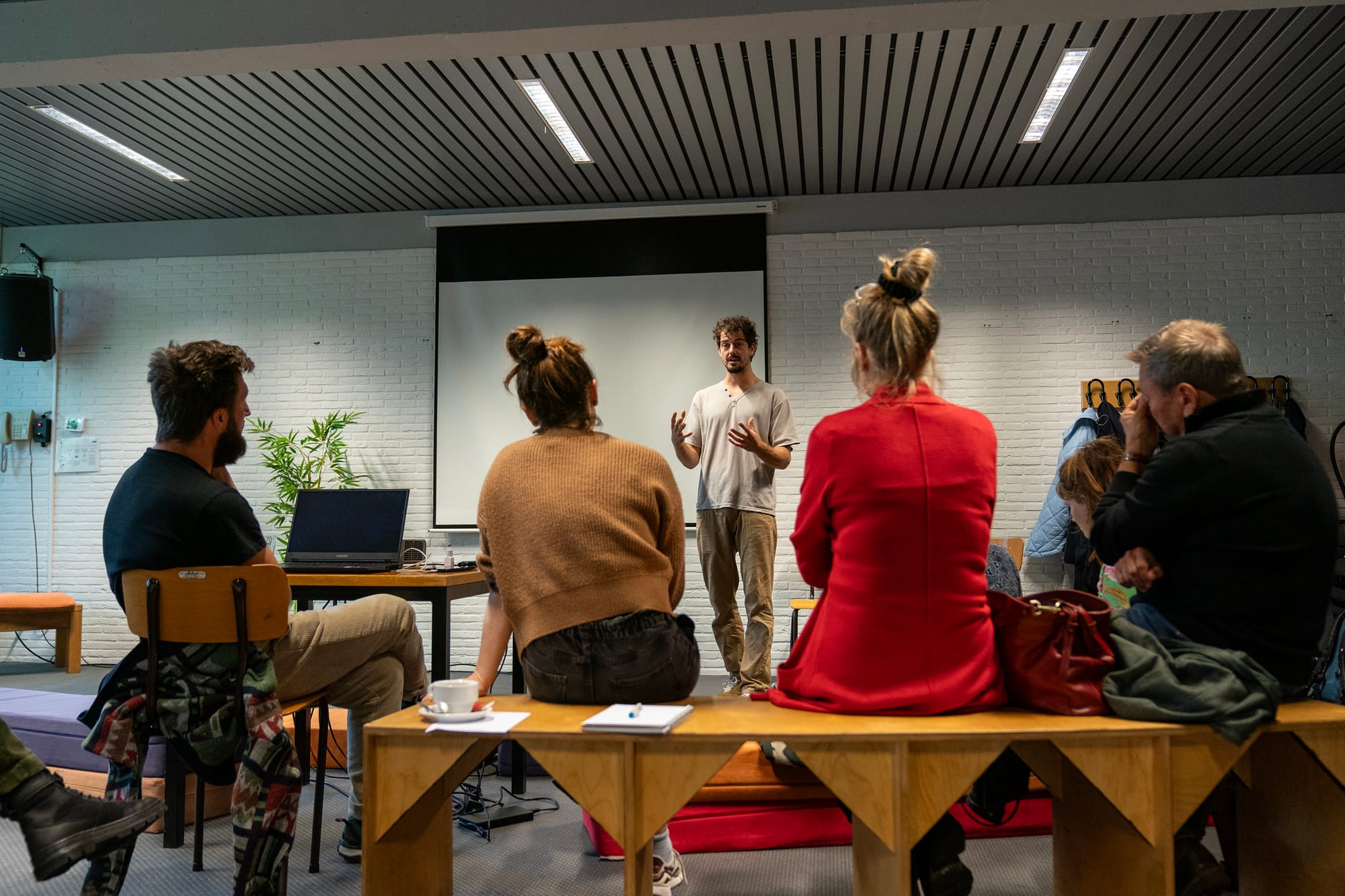
Slowly, the environment becomes animated by artists. The two invited companies take place in front of the audience, and after a brief introduction, they start talking. The proportions are different between the two groups, revealing a classic behind-the-scenes showbiz implication. Be Flat, represented by Ward Mortier alone, is about to perform in the early afternoon, so the whole company cannot attend. On the other side, we see the big group of Le Doux Supplice, represented by its founder, Pierre Jean Bréaud, as the collective spokesman.
Ward of Be Flat, from Gent, Belgium, active with site-specific shows, is the first guest to speak. His talk begins by explaining the team's three points of strength: being at ease in moving as a group, developing a connection with the territory and stimulating participation. The number of participants, the spatial awareness of how to move collectively and how the audience enters a space are also elements of safety that are always central when a collective takes action in the public dimension, such as a crowded city or unknown surroundings.
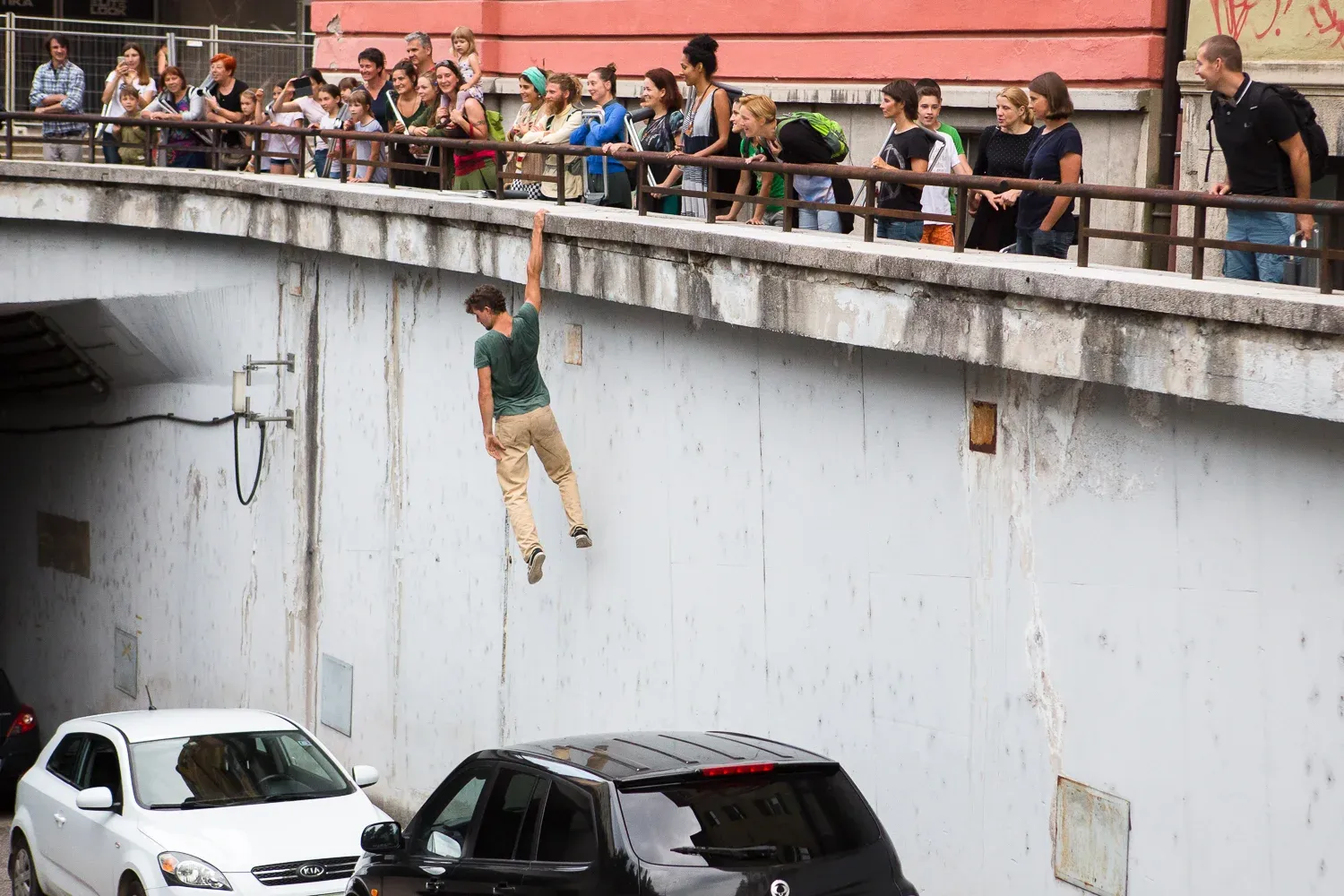
Specialised in bringing circus to unexpected locations, often in the streets, exploring the relationship with the audience through participation and unexpected places, Be Flat gravitates between two constants: the audience and the space, shaping thoughts and actions on how the audience is experiencing the collective dimension. With their previous show Follow Me, they worked with parkour ideas to form the viewer's experience. They transmitted the discipline's principles to the audience, giving them the sensations of overcoming an obstacle.
The core concept of the piece is the simple problem of how to creatively move the audience from point A to point B, letting everyone experience being part of what is happening. Ward recalls that once they have a group behind them, everything is possible: the people will support the spontaneous development of actions. Follow Me has evolved by performing in several countries through the years, adapting the level of interaction in multiple experiences and contexts.
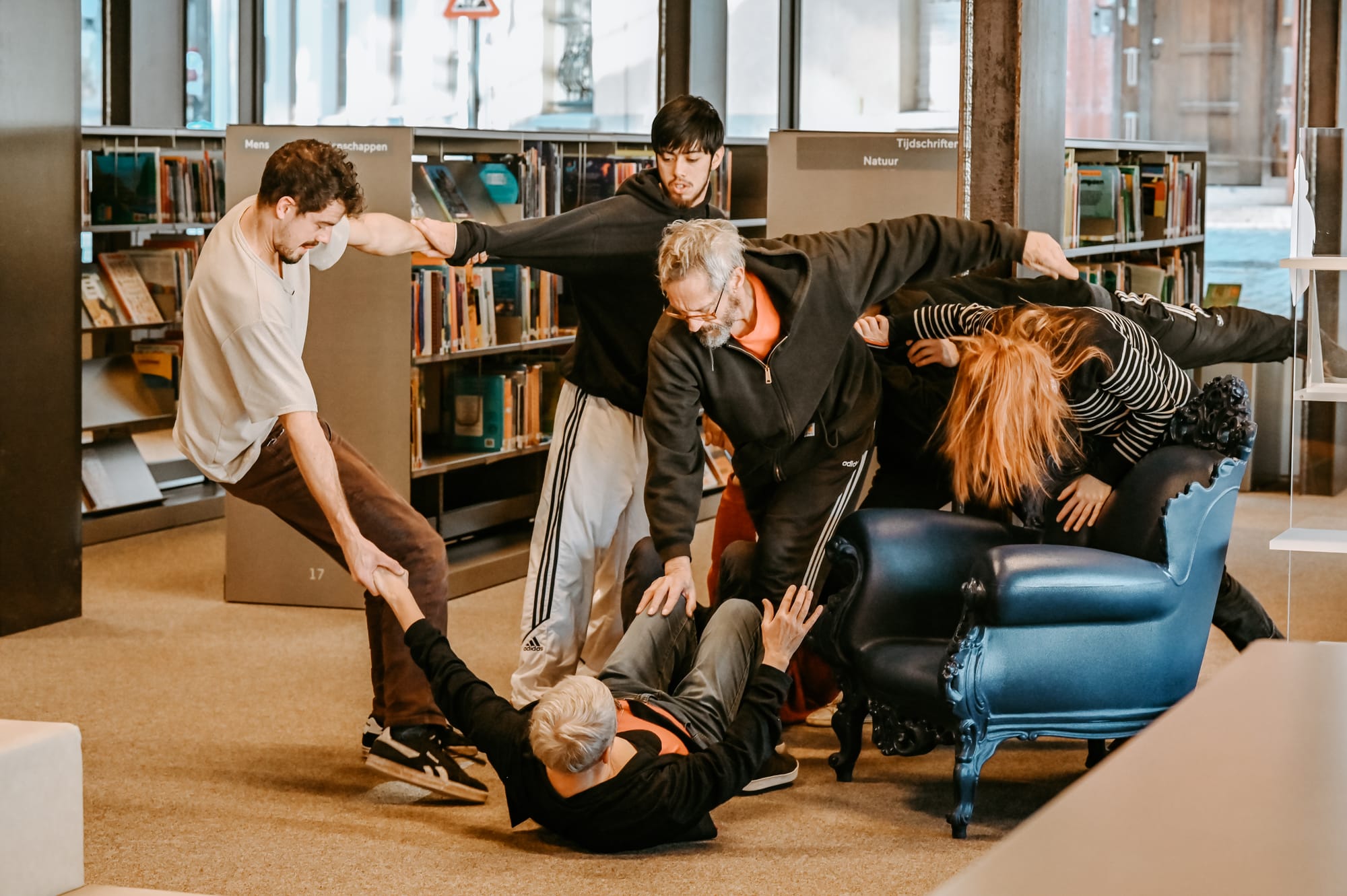
At Theater op de Martk, Be Flat showed a new project recently hosted in residency at Circuswerkplaats Dommelhof. The title is Living, and, contrary to their previous works, is staging circus in houses for the elderly, public libraries, and potentially every public indoor place lived in collectively. Their goal is to bring the energy of body interaction in a collective indoor location to stimulate a response, a dialogue with the space and its inhabitants. Living mixes performers, musicians, actors, and amateurs. This variety invites the audience to be closer and directly take part. The participants tend to be less distant compared to street crowds and show behaviours that are a gift for strong improvisation. While it is not common socially for elders to join a show, this kind of encouraged behaviour is the most engaging to provoke.
Living Labo - site-specific research at Circuswerkplaats Dommelhof
When the stage is shared, the distance between artists and the audience is overcome. Knowing the variables in advance is crucial, while practicalities are fundamental. From the beginning, it is necessary to create an atmosphere. In this sense, the production must be careful to prevent potential trouble. It takes time to prepare the space and put the artists in the position of questioning themselves: how far do I push further to share my ideas? Some psychological considerations are needed. Not making fun of the people involved, adjusting the physical contact. How people react and how open they are is also a cultural difference related to age and country so this needs to be kept in mind.
From Ward's speech, the fragility and the challenging side of this type of work lies in the acceptance that, as a performer, you cannot control everything. “Exposed to random situations, without knowing how the audience will choose to interact, you must remain open and play with it. On the other side, you can't deny that it is deeply fascinating to give back this kind of power to the people, giving them a choice and letting them take the place they want.”
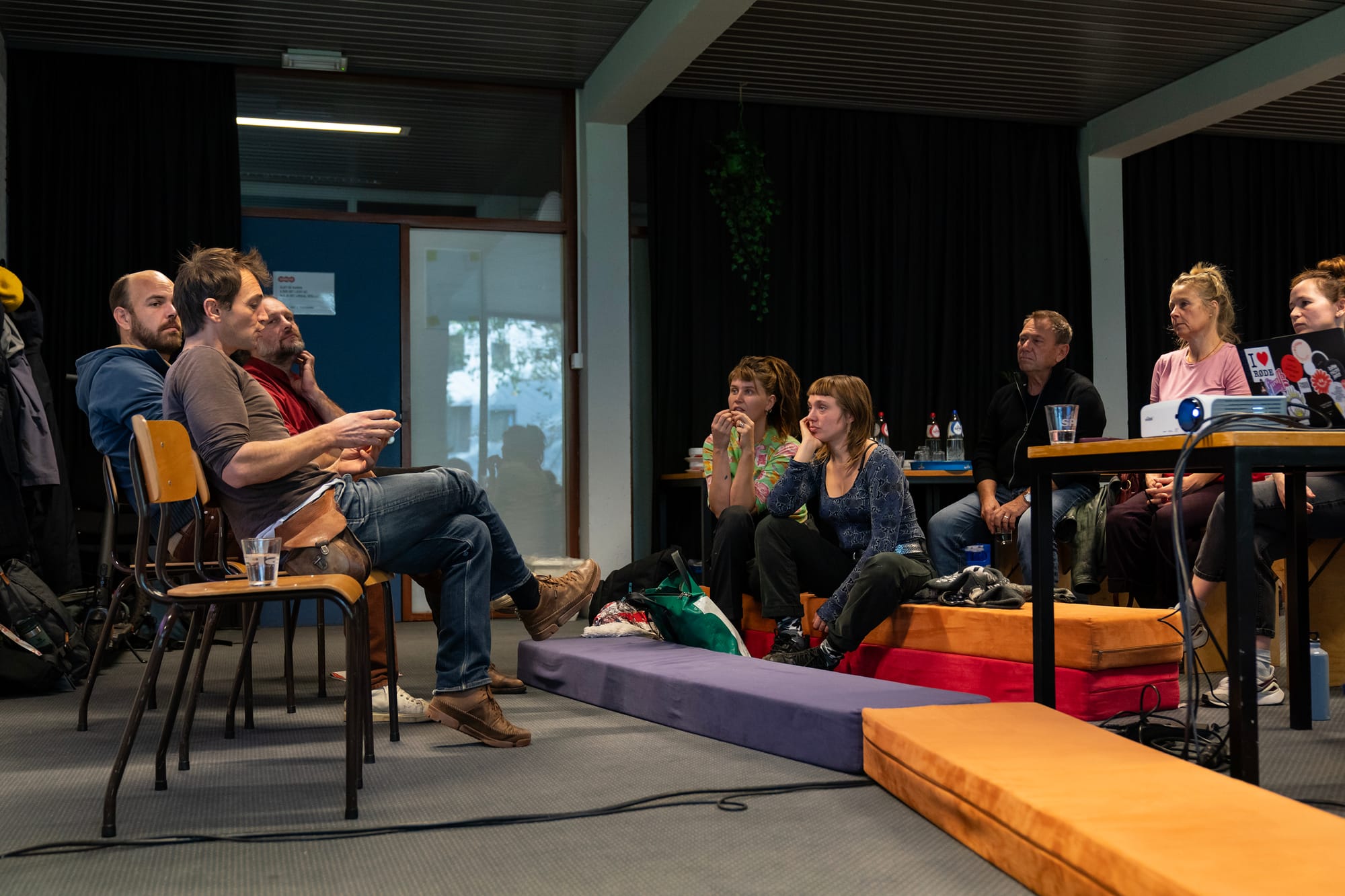
We continue with Le Doux Supplice, from Nîmes, France, for a talk examining a similar attitude but with different implications: playing with the audience at the boundaries of circus and dance. Pierre Jean, acrobat and artistic director, brings the audience inside the creative journey at the foundation of their practice. For over twenty years, their research has explored the connection between dance and acrobatics, and Le Doux Supplice members share their thoughts on another relevant project, Les Voyages by XY, as part of the discourse.
The circus company embodied movements in a language based on partner acrobatics and hand-to-hand with a specific relation to choreography, motions of vertigo and the deconstruction of theatrical codes as a central interest. With a common passion for celebration, when the director started to think of a new project, he felt that the connector to reunite them all was dance. At Theater op de Markt this year, their En attendant le grand soir follows these principles, following the adventures of their previous piece, Le (Doux) Supplice de la planche, a trio around a teeterboard which preludes a highlight about the human side of performing through acrobatics.
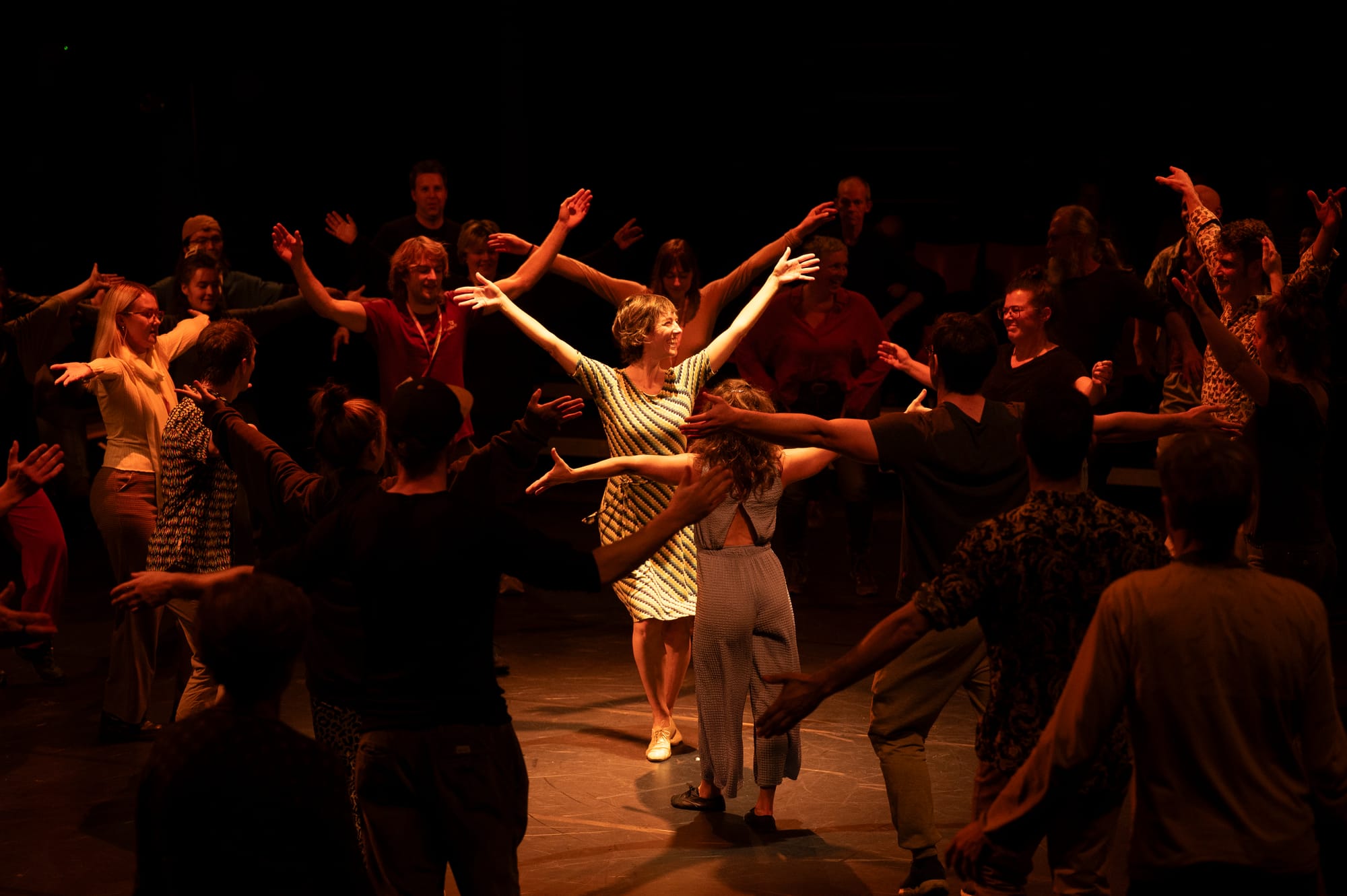
Pierre Jean expands the view of dance as a practice of meaningful necessity, a primal urgency that we can all feel at every age. “We learn to live together and know that dance is communication. The history of dance has always accompanied our relationships as humankind. Popular dances are our heritage. Created for social use, belonging and meaning, facilitating communities and a higher inclusion.” To start imagining the show, the company looked at places where people dance to create social bonds with precise questions in mind.
What was their role as circus artists in hard times to create community? How to shake people's consciousness with joy in a safe space? To not provoke but encourage them to participate was the main challenging point. The audience's ability to dance has never been as relevant as its freedom to participate.
Le doux supplice, En attendant le grand soir - teaser
Then, a crucial point of view surfaced through the dance practice itself. By including dance, circus performers discovered freedom. Approaching tango, the sensation of vertigo, trust, and connection felt with a partner changed their way of doing acrobatics. An idea developed from these sensations and was combined in an inclusive language on stage, bringing to the surface that peculiar attitude and mixing it with the aerial aspects of acrobatics and falls.
That dancing belongs to all produced the desire to share the spotlight on stage through a quadric-frontal space surrounded by seats where every action is visible. A place for being there for each other that also allows them to disappear in the crowd if seated. Then, by revealing themselves one by one in silence, the game of dance and vertigo could start as if in a mobile time machine, where popular dances mixed with captivating acrobatics bring the audience in.
Le Doux Supplice, Les bals sauvages - teaser
A couple of teasers taken by the complementary project in the public space, Les Bals Sauvages, document their work. Based on the concept of exploring vertigo and improvisation, they reveal how lots of inspiring materials for the indoor show come directly by trying them out in the streets, sharing the experience of stylistic exercises with unknown people without talking. Marianna Boldrini intervenes, enriching the gaze on spontaneity. Dancing in the streets made them think about how they learned to dance together. The improvisation might start with something physically challenging to capture the audience's attention. Then transferring to dance is the most natural engagement. Through body language, the participation begins by bonding with the passers-by. It was possible to transmit the moment of dance without talking and see people start following them.
Some of the company’s performers share a similar approach as interpreters of Les Voyages by XY. Guillaume Groulard speaks, explaining that the project is oriented to develop a specific kind of interaction between the performers and the territory, and it is more a participatory experience than a show. Spending one week in a city or small village doing acrobatics in the streets with a group of performers and a photographer means studying the surroundings, randomly meeting their inhabitants, and most of all communicating. The topic of overcoming distance between the participants is also coming back as a key to listening and living at the same emotional level. The exchange is more direct. The spectacularity of actions is evident, but their dynamics take off through the relationships of trust with the locals. They start by finding a common point to develop a relationship with the city. On the last day, the actions culminate in an intervention open to the audience, but the week is intended as fully participative. Another member from Le Doux Supplice, Tom Gaubig, underlines the performers' attitude in inviting the public to join in. "Let them know you, come to you, do not bring them to you". Once again, setting aside your ego and being open and welcoming to what you can't control are the most honest principles.
After the two speeches, the conversation continues in small groups, allowing the participants to go deeper into a more intimate exchange of opinions, starting from general common questions on a shared screen. I continued the conversation with Tom about his relationship with acrobatics and dance. For him, dance is a state of mind that allows you to do what you want on stage and passes through feeling in contact with yourself. Any advice? When you want to meet somebody when approaching the public, first listen to what the other has to say without saying anything. It opens up a different quality of interaction.
